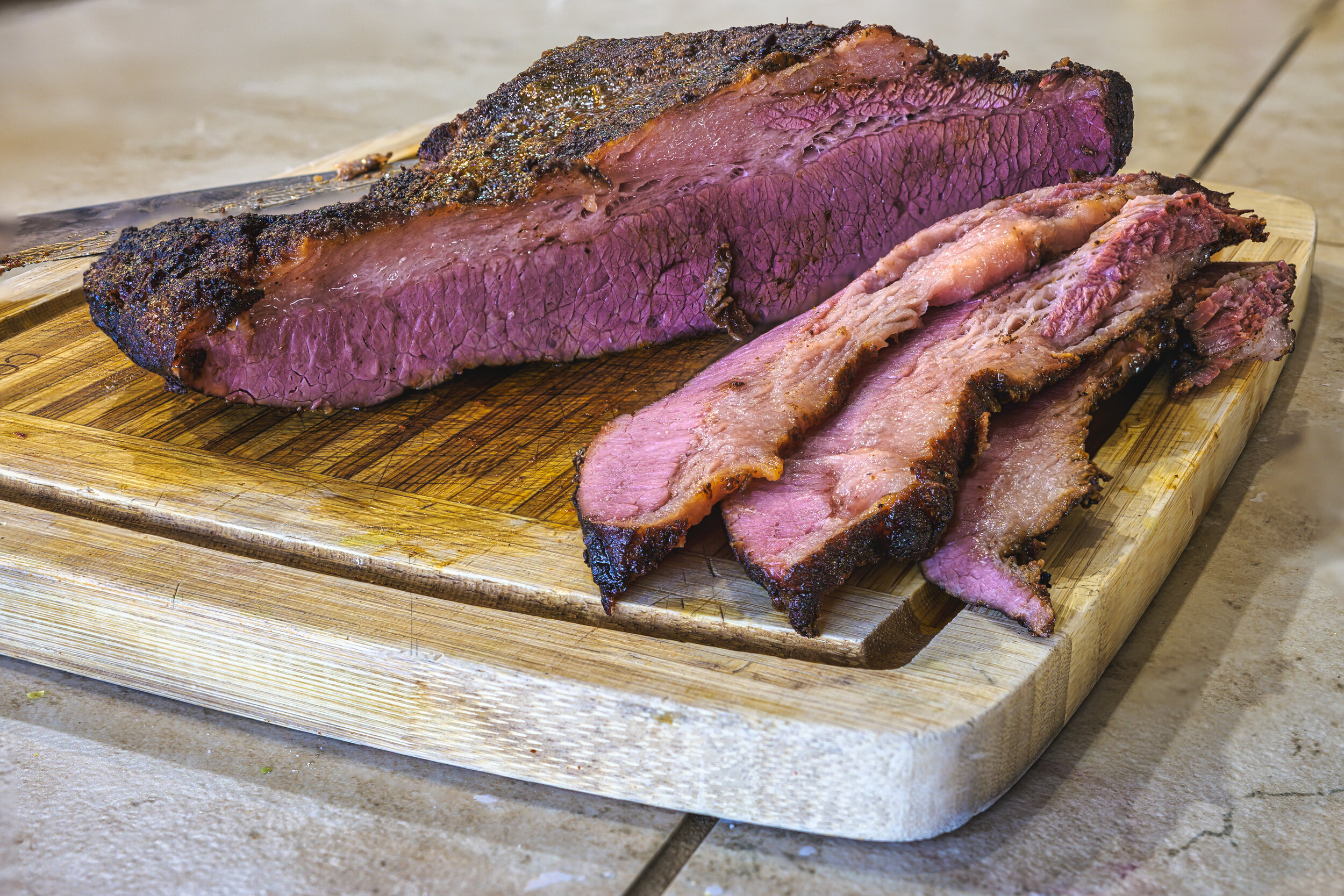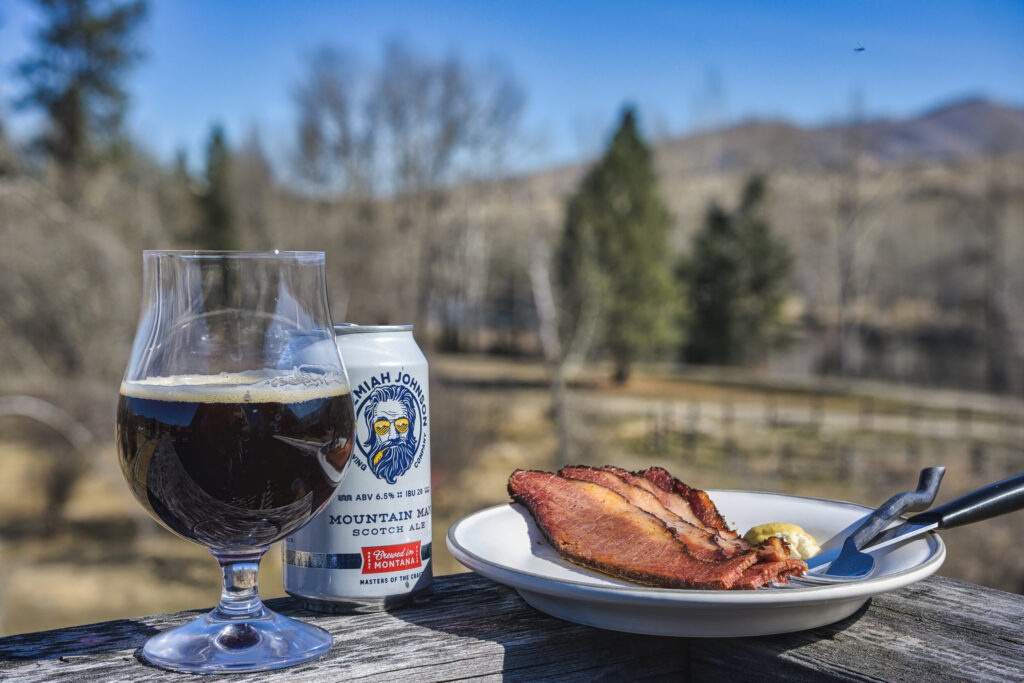“A man who is not touched by the earthy lyricism of hot pastrami, the pungent fantasy of corned beef, pickles, frankfurters, the great lusty impertinence of good mustard is a man of stone and without heart.”
— Herb Gardner
As the Irish would say “Laughter is brightest where food is best” and frankly corned beef is the best and a man who is not touched by the pungent fantasy of corned beef and pickles is a man without a heart.
Despite its strong association with Ireland, historically the Irish consumed corned beef a lot less than we think, and they continue to do so in modern times, but just because they didn’t eat corned beef doesn’t mean they didn’t produce it.
Through the 17th-18th centuries, the pastures and vast green expanses of Ireland were used to graze cattle for trade with the French and to produce corned beef that wound up feeding the British civilians, navy, and army mostly because the meat’s long shelf life made it ideal for long expeditions and expansion of their colonies. The average Irishman was too poor to afford to eat the beef they raised. It wasn’t until the Irish immigration into the United States that the majority of Irish were able to finally eat corned beef at will – a story that parallels that of impoverished Southern Italians who suddenly found an abundance of meat in the U.S.A. and fashioned Sunday Gravy as a symbolic food of plenty and having arrived. The affordability of beef in the Land of Opportunity and proximity to Jewish immigrants, who at the time were engaged in developing their own salted beef pastrami are the main two agents responsible for increasing the consumption of corned beef among the Irish-Americans. To this day very little corned beef is consumed by the Irish in Ireland.
Regardless of actual history, St. Patrick’s Day, initially intended as an observance of the death of St. Patrick has evolved into a holiday celebration of the Irish culture with parades, music, dancing, lots of green, a lot more drinking, and eating corned beef. Just as you don’t have to be Irish to celebrate St. Patty’s Day, it certainly doesn’t have to be March 17th to cook corned beef.
Brisket is the most common meat of choice for corned beef, which could be either flat cut or point. The point cut is fattier and doesn’t slice well, which is why we chose the flat cut. Flat or point, brisket is tough and needs to be tenderized, cured, and cooked – a technique we applied to our Corned and Smoked Heart meat from scratch.
Curing brisket meat is more or less the same process across the board, but cooking it can vary, and in our case, involves a smoker. Smoking meat is a low-and-slow cooking style, ideal for tougher cuts of meat with lots of fat and connective tissue, where the fat keeps the meat from drying out during the long cooking time and the connective tissue’s collagen melts into tender gelatin. Smoking also adds a nice smoky flavor to food, which cannot be replicated any other way, while the woodchips in the fuel permeate the meat and imbue yet add yet another layer of flavor. Mesquite, pecan, oak, hickory, maple, apple, and cherry are all the wood varieties we like to immerse our meat in, each introducing distinctive flavor wizardry for discerning palates.
When your brisket is cured and you are good and ready to cook, follow our recipe to combine the classic corned beef flavors with that of wood-fired smoke, so grab your Guinness because we’re about to chase the gold-star meat at the end of the rainbow. Just remember to rub down the entire surface of the brisket with a good rub that would enhance its natural flavors as it smokes. We prefer Headwater’s Baldy Mountain Beef Rub and recommend you add it to your kit of barbeque essentials.
The following phase includes steeping the meat in a liquid, traditionally water, placed inside a Dutch oven to simmer gently and slowly. Frankly, we find water very bland and boring, so our recipe includes braising our precious smoked meat in a Dutch oven placed inside of a Big Green Egg and with ….cue the drum rolls, please…. BEER! Grab another Guinness, this step takes 3 hrs. When the meat is ready remove it from the BGE.
Let it rest covered with aluminum foil for 30 minutes and then slice against the grain. The meat is soft and tender and the taste is salty with a slightly meaty sweetness. Enjoy it as-is or serve it with cooked cabbage, carrots, and potatoes.

Jeremiah Johnson Brewing Mountain Man Scotch Ale pairs nicely with corned beef. The bodacious flavors of this ale compliment the fattiness of our smoked, tender and flavorful corned beef.
